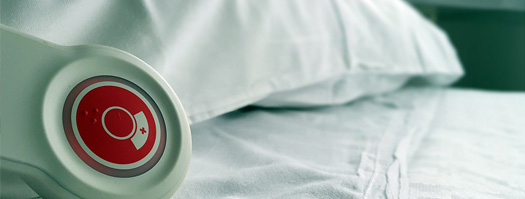A burn is caused by an abnormal rise in the temperature of the skin following contact with a thermal, chemical or electrical agent.
Thermal burns
- Burns through contact with flames
These are the leading causes of burns in adults and can be produced by the use of burning alcohol (barbecues etc.), and light hydrocarbons (essential oils and diluents) which are highly volatile and explosive in a hot or closed environment. Clearly these may also occur as the result of fire.
- Burns through contact with a hot liquid or surface
These are also very common. The kitchen is a very hazardous place. Boiling water and frying oil are common causes of domestic burns. Contact with hot solids is also common: hot plates, cooking rings, cooking pots and irons etc.
- Sunburn
Exposure to the sun causes more or less severe skin burns, from redness of the skin to the development of blisters. General health can also be affected with fever, chills and insomnia. Sunburn can affect the deep skin and lead to premature aging and is a risk factor for skin cancer.
Sun rays
There are 3 types of ultraviolet (UV) rays: UVA, UVB and UVC, which are distinguished by their wavelengths. UVC are almost entirely absorbed by the ozone layer. On the other hand, over 95% of UVA and 10% of UVB reach the surface of the Earth.
At low doses, they have a beneficial effect on the body (in particular they help in the synthesis of vitamin D) although excessive doses of UVB cause sunburn.
The power of the UV rays depends on several factors:
– the height of the sun
– altitude
– cloud cover
– latitude
– ozone
– reflection from the ground or from surfaces such as water
- Burns from cold
There are two types of burns caused by cold:
– Fissuring and cracks: these are the result of dehydration of the skin due to changes in temperature, particularly cold.
– Chilblains: these are due to damage to the skin by cold but without dehydration. The most commonly affected parts of the body are the extremities: the fingers, toes, nose and ears.
Burns caused by cold require specific treatment which is different from burns caused by a hot source. Osmo Soft must not be applied to a burn caused by cold.
Chemical burns
Chemical burns come from a reaction of human tissues to harmful chemical substances. The amount of tissue damage depends on the chemical substance involved and the exposure time (industrial cleansers, solvents, petroleum etc.). Depending on the chemical substance involved, this type of burn may be serious and require medical opinion. Osmo Soft must not be used on a chemical burn.
Electrical burns
Accidents caused by electricity are extremely serious and may cause internal damage in addition to the visible burn on the skin. The key precaution is to cut the electricity supply and call for help. Osmo Soft must not be used on an electrical burn.

